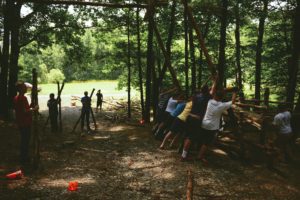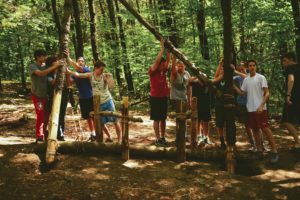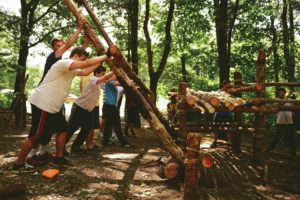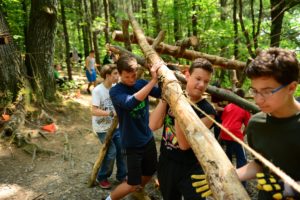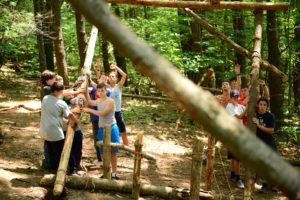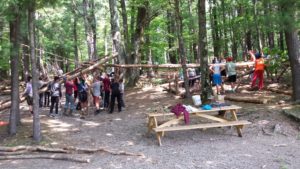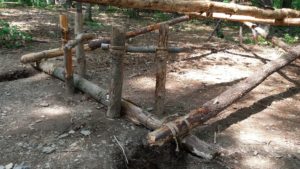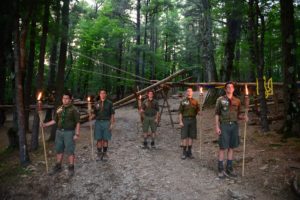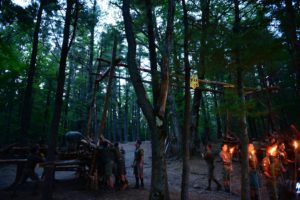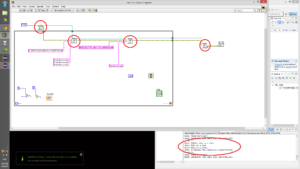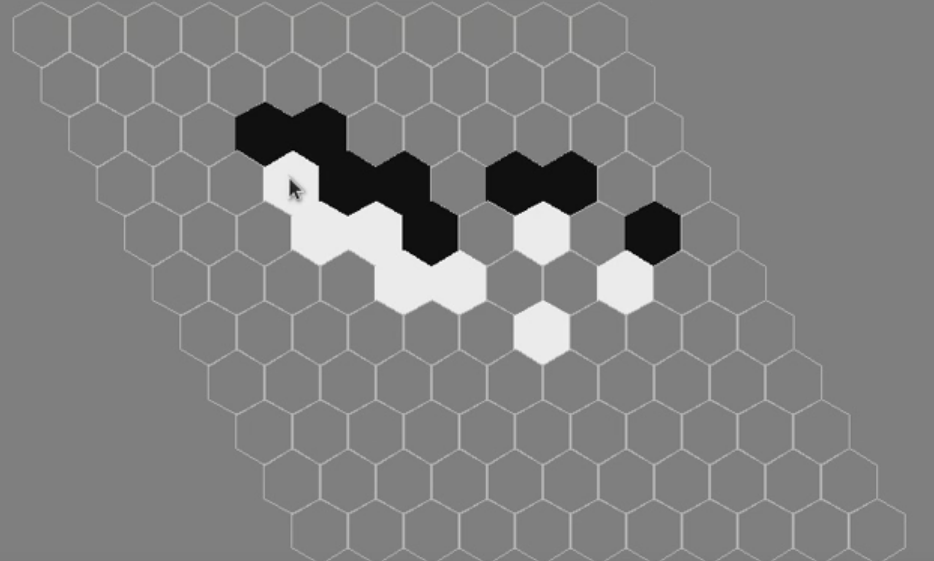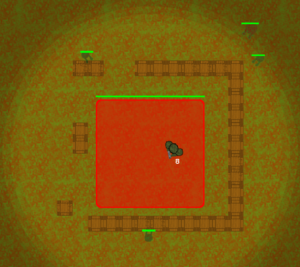Competition
Built line follower for Intro to Engineering Design mini-project.
Result
Won class competition for fastest design to complete the entire course. This was out of about 10 designs.
Design
Three light sensors in a row, with the center one slightly forward of the other two. If an edge sensor and the center were activated, the robot would turn slightly toward the edge on which it was activated. If only an edge sensor was activated, the robot would turn sharply in that direction. Otherwise, it would go straight. Calibration occurred automatically on start.






